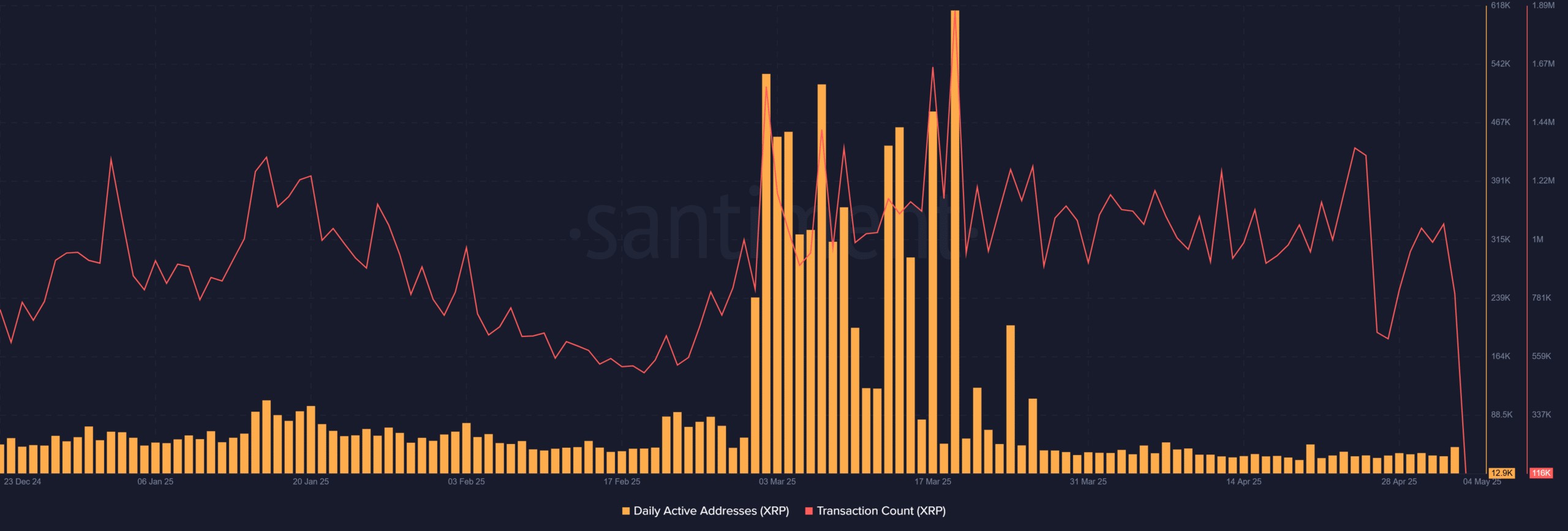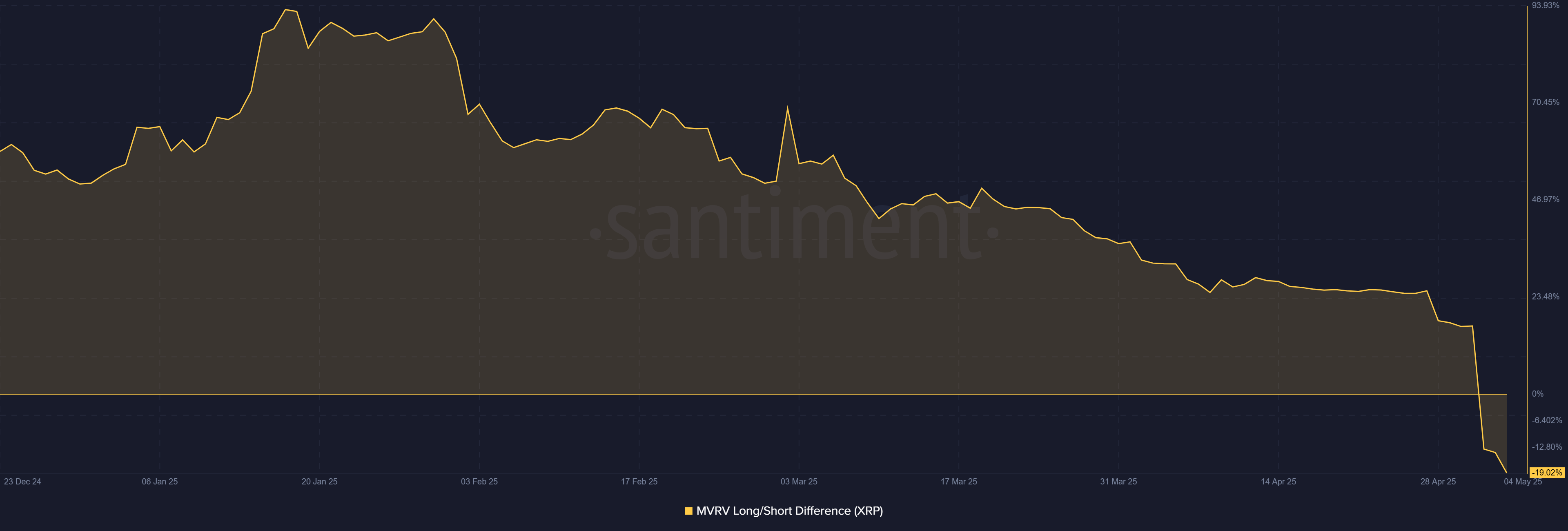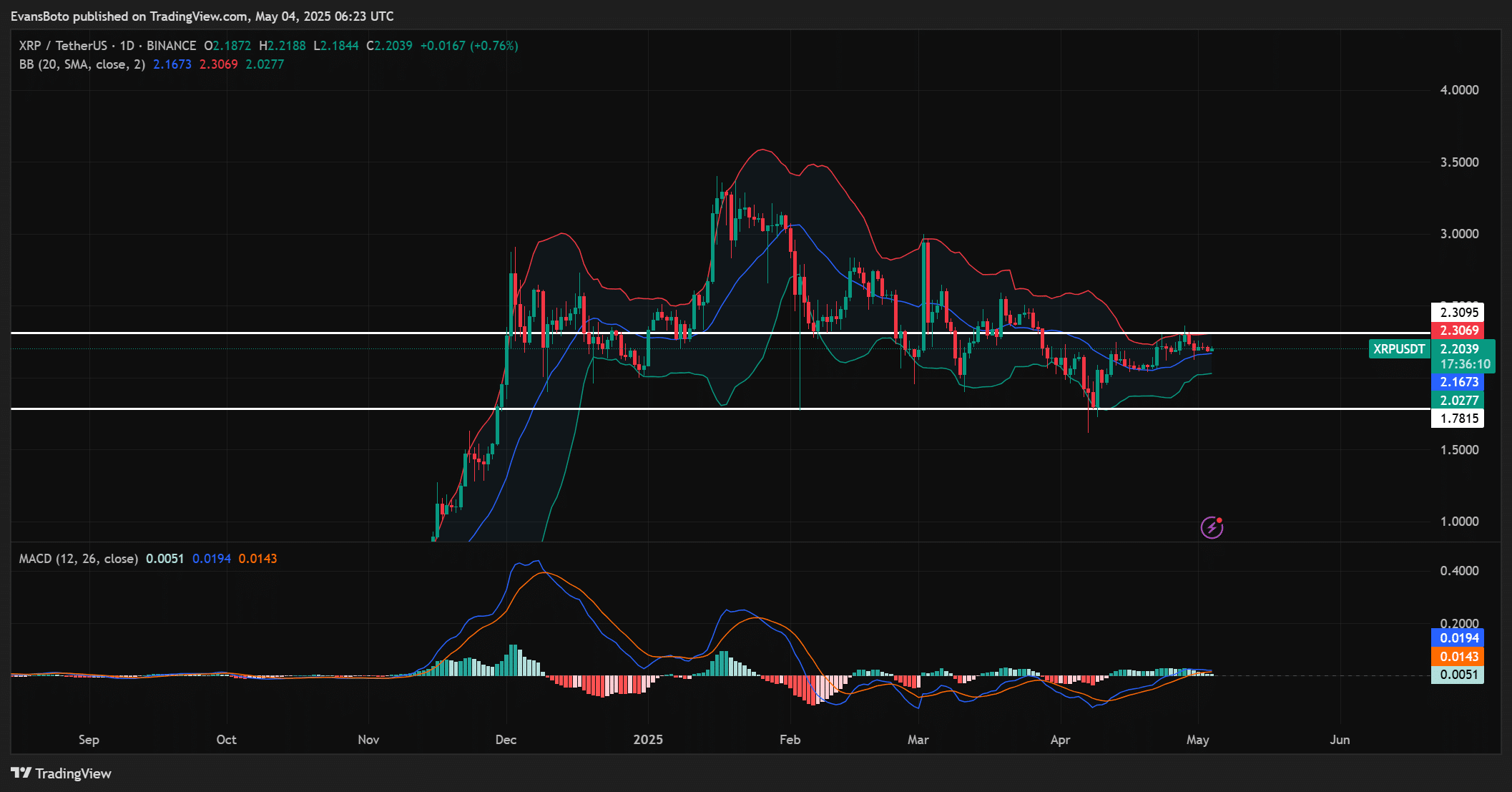-
Ripple’s XRP faces a pivotal moment as whale movements signal possible volatility, raising questions about market trajectory and investor sentiment.
-
Market indicators suggest that while liquidity is increasing, XRP’s valuation may be precariously high and vulnerable to a sharp correction.
-
A noted expert from COINOTAG warned that rising NVT ratios could signal unsustainable price elevations for XRP.
XRP’s future hangs in balance as whale activity increases liquidity, but signs of overvaluation raise caution for investors and traders alike.
Whale Activity Sparks Liquidity Concerns for XRP Holdings
The recent transfer of over 29 million XRP to Coinbase has garnered considerable attention, reflecting a significant liquidity shift in the market. Whales are major players in cryptocurrency trading, and their actions can dramatically influence price fluctuations.
This particular transaction, valued at approximately $64.4 million, has been interpreted as both a sign of increasing liquidity and a potential precursor to significant market volatility. Typically, high-volume transfers to exchanges can result in either accumulation by buyers or preliminary sell-offs by traders looking to capitalize on price movements.
Active User Metrics: A Warning Sign
Despite heightened liquidity, Ripple’s network metrics reveal concerning trends. The Daily Active Addresses for XRP have dropped to a mere 12,941, reflecting diminishing user engagement. Transaction Count has also recently dipped to 116.67K, highlighting potential investor hesitation. Declining user metrics often indicate that traders are waiting for new developments before making decisive moves.

Source: Santiment
Market Sentiment Analysis: Caution Ahead
The sudden decrease in Ripple’s MVRV Long/Short Difference, plummeting by 19.02%, suggests that long-term holders are beginning to sell off their positions. This trend may reflect an overall pessimistic market sentiment, wherein traders opt for long positions less frequently, increasing short positions instead.
The fluctuation in MVRV highlights that market participants are growing wary, adjusting their strategies in response to perceived risks in XRP’s valuation.

Source: Santiment
The recent spike in the NVT Ratio, which jumped an alarming 587.15% in just 24 hours, now stands at 446.67. Such an increase may indicate overvaluation, with market capitalization advancing more quickly than transaction volume. This metric serves as a cautionary indicator, warning traders of potential price manipulation and speculative undertones in XRP trading.
Resistance Levels and Price Action Analysis
Currently, XRP is testing a vital resistance level of $2.30, poised at a crucial juncture in its price action. Recent consolidations between $1.78 and $2.30 suggest a tightening range that may lead to imminent breakout or breakdown scenarios.
Technical indicators, such as the MACD, present a neutral strategy, indicating a market in flux. If XRP surmounts the $2.30 barrier with significant trading volume, a possible bullish trajectory could emerge, targeting a further resistance level at $2.50. Conversely, failure to breach this resistance may result in ongoing consolidation or pullbacks.

Source: TradingView
Market Caution as Open Interest Falls
Open Interest for XRP has slipped by 1.26%, falling to $3.67 billion. This downturn indicates that traders are growing reticent, possibly due to apprehension regarding ongoing price fluctuations and network dynamics.
When Open Interest declines, it often signals reduced enthusiasm among traders and could result in dormant market participation going forward.

Source: CoinGlass
Forecasting XRP’s Next Moves
XRP’s market performance is at a crossroads. While the recent whale activity hints at potential volatility, increasing NVT ratios suggest overvaluation risks that traders cannot overlook. The declining Open Interest underscores a market in flux, reflecting trader apprehension.
The future trajectory of XRP will largely depend on how market participants respond to these evolving dynamics and whether significant catalysts emerge to stimulate renewed trading activity.
